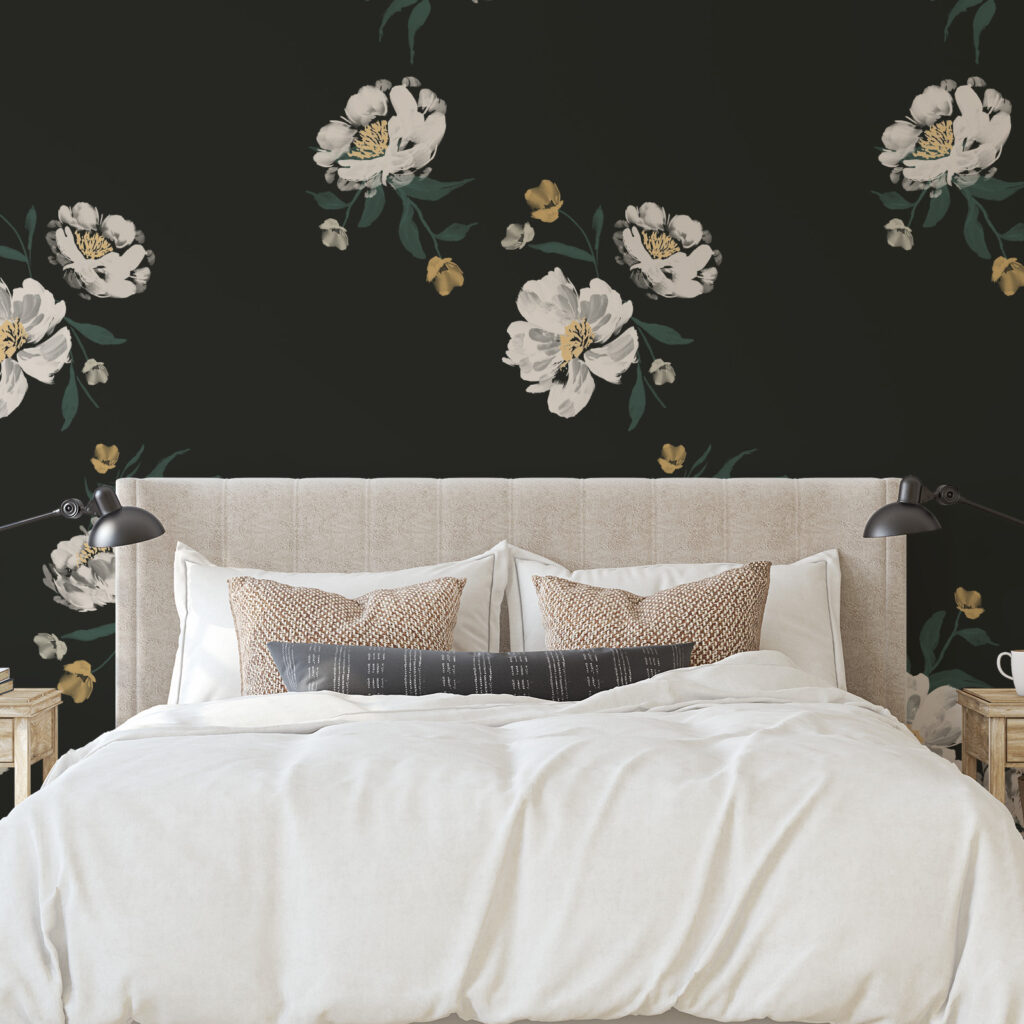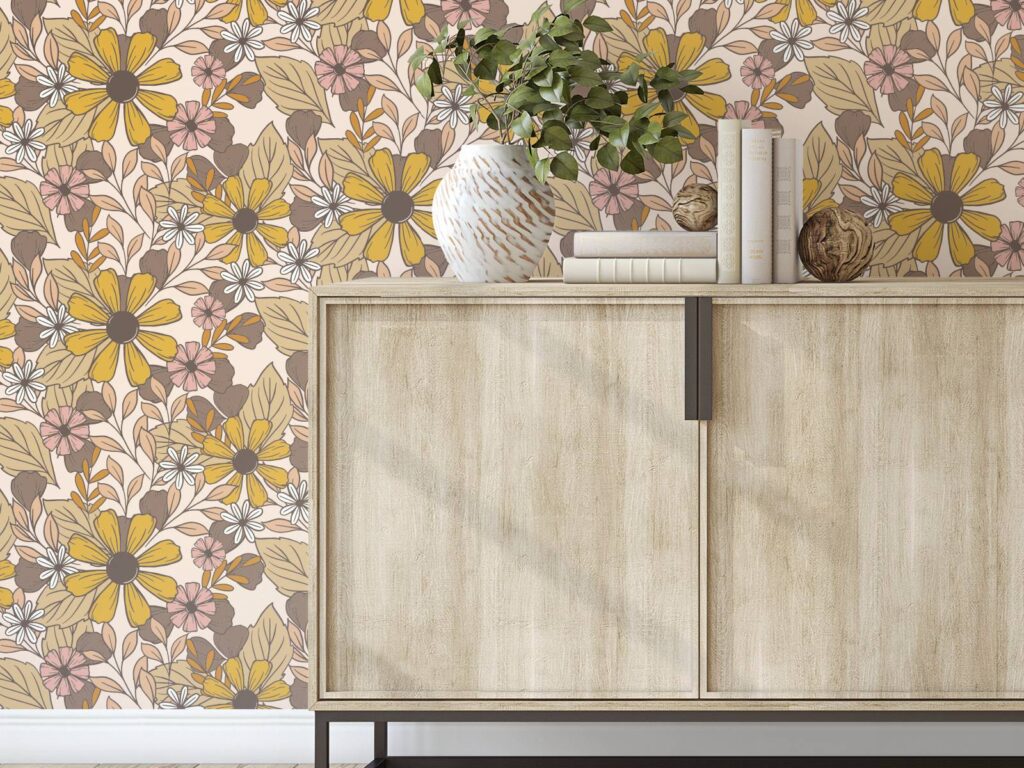🪴 What Is Slow Living Interior Design?
In today’s fast-paced world, our homes often reflect the chaos of our lives — cluttered rooms, overfilled schedules, and constant digital noise. But the rising trend of slow living interior design invites us to slow down, breathe, and create spaces that promote peace, comfort, and purpose.
At its heart, slow living interior design is about intentional simplicity. Every design choice, from color to texture, aims to nurture your emotional well-being. It’s not just a style — it’s a lifestyle shift that turns your home into a reflection of what truly matters.
Core principles include:
- Natural materials: wood, linen, clay, bamboo, and cotton.
- Soft, calming colors: neutral and earthy palettes.
- Minimal décor: quality over quantity.
- Spaces designed for connection and reflection.
This approach helps create a sanctuary — a space where you can rest, recharge, and reconnect with yourself.
🌿 Declutter Your Space, Declutter Your Mind
A tidy home can clear your thoughts and improve focus. Start by removing unnecessary items and keeping only what you truly love or use. Replace overfilled shelves with simple displays of meaningful objects — a handmade vase, a plant, or a favorite book.
This mindful decluttering is a key step in slow living interior design. It’s not about emptying your home; it’s about making space for calm energy to flow. When your environment feels balanced, your mind naturally follows.
🕯️ Designing Spaces for Daily Rituals
Unlike conventional décor trends, slow living interiors encourage you to design around your life, not the other way around. Think about the moments that make your day meaningful and shape your environment to support them.
- Morning rituals: Create a small nook with soft lighting and a comfortable chair for journaling or tea.
- Work zones: Keep your workspace simple with natural textures and minimal clutter to maintain focus.
- Evening relaxation: Add candles, soft fabrics, and warm light to help your body unwind.
When you align your space with your rhythms, even ordinary tasks begin to feel restorative.
🌱 Sustainable and Mindful Choices
Sustainability lies at the heart of slow living interior design. Instead of chasing seasonal trends, it encourages timeless and eco-friendly choices. Support local artisans, repurpose existing furniture, or choose materials that age beautifully.
For instance:
- Opt for solid wood furniture instead of synthetic alternatives.
- Use natural textiles like organic cotton or linen.
- Decorate with plants that purify air and connect you to nature.
These small yet thoughtful choices reduce waste and add character, making your home uniquely yours.
☀️ The Emotional Benefits of Slow Design
Your surroundings deeply influence your mental state. A calm, clutter-free space reduces stress and promotes mindfulness. Studies show that natural light and organic textures improve mood and focus — core outcomes of a slow living interior design approach.
By embracing slower, simpler spaces, you begin to:
- Feel more present and grounded.
- Appreciate small sensory details — the scent of wood, the softness of fabric, the rhythm of light.
- Cultivate gratitude for your environment.
It’s not just interior design — it’s emotional design that nourishes your well-being.
🏡 How to Begin Your Slow Living Journey
You don’t need to transform your entire home overnight. Start small:
- Declutter one area at a time.
- Replace synthetic décor with natural textures.
- Choose colors that calm rather than stimulate.
- Add a plant, a handmade rug, or a piece of art that holds meaning.
Every small step contributes to a larger shift — one that brings harmony between your home and your lifestyle.
✨ Final Thoughts
Slow living interior design is more than a trend — it’s a philosophy of mindful living. It reminds us that beauty lies in simplicity and meaning in intention. When you design a home that reflects calmness, sustainability, and presence, you also design a life that feels lighter, happier, and more balanced.
So slow down, breathe, and let your home tell a story of peace — one mindful detail at a time.

